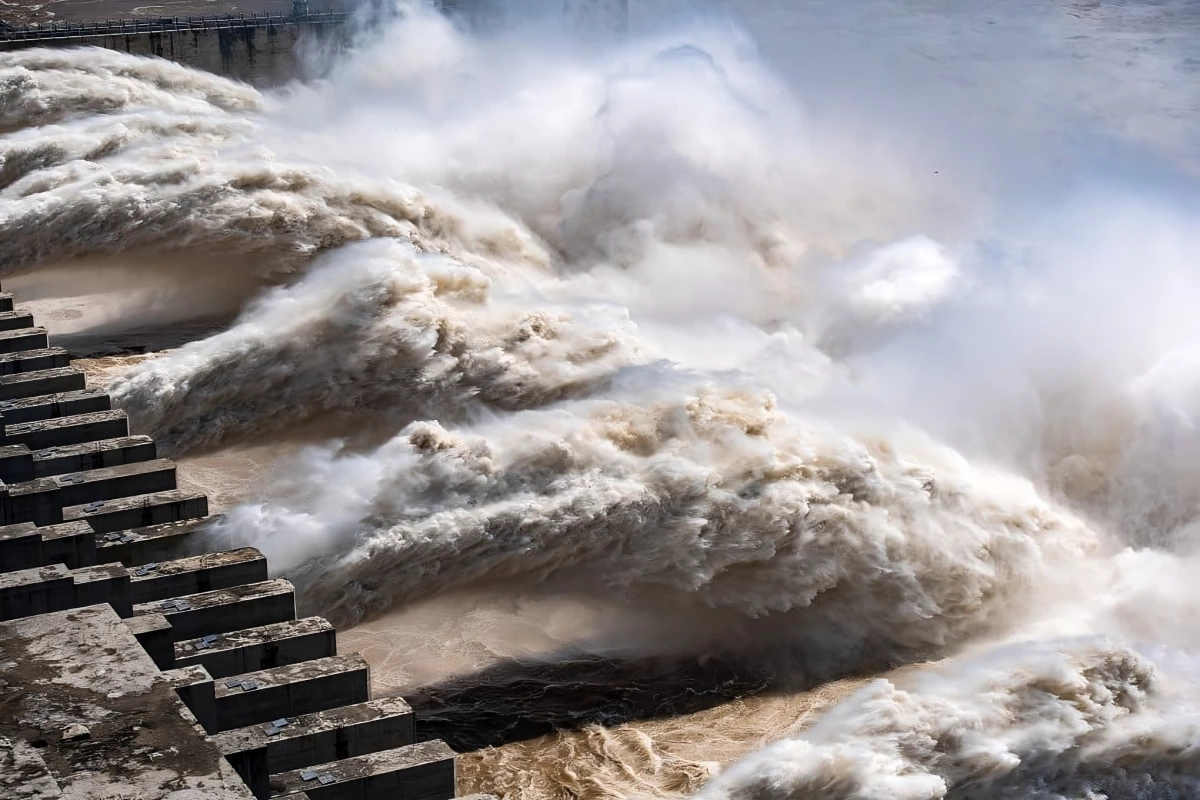China has approved what is set to become the biggest hydropower dam complex in the world, capable of producing nearly three times as much power as the current record-holder, the Three Gorges Dam.
The project is slated to be built on the Yarlung Zangbo River in Tibet near the border of India at a cost of US$137 billion. It's part of China's 14th "Five-Year Plan," which includes environmental goals to accelerate renewable energy and fight pollution. The location of the proposed dam looks to take advantage of the river's steep geography to harness more hydropower than ever before: 300 billion kilowatt-hours per year.
That translates to 300 TWh, enough to serve as many as 300 million people in China.
The Three Gorges Dam, spanning the Yangtze River in China, currently holds the world title for installed capacity and annual hydroelectricity generation, producing between 95 and 112 TWh every year. If completed, the proposed Yarlung Tsangpo Hydroelectric Project will eclipse the Three Gorges Dam production by nearly three times.
For a sense of scale, the largest hydroelectric power plant in the US is the Grand Coulee Dam on the Columbia River in Washington. It's one of the largest concrete structures in the world and produces about 20 TWh per year. The Hoover Dam that sits on the Nevada/Arizona border produces a mere 4.2 TWh, comparatively.
The Yarlung Zangbo River, which later turns into the Brahmaputra when it enters India, is one of the highest rivers in the world, originating from the Angsi Glacier in the Tibet Autonomous Region. The river is only partially responsible for carving out the Yarlung Tsangpo Grand Canyon. The region sits on tectonic plates and suffers regular earthquakes. It's also one of the deepest canyons in the world, reaching 19,714 ft (6,009 m) at its deepest. It's also 313.5 miles (504.6 km) long, making it longer than the Grand Canyon in the US.
All of this gives the Yarlung Zangbo River a drop of roughly 25,152 ft (7,667 m) from its highest point down to India, making it one of the most "hydropower-rich" rivers in the world. In particular, a 31-mile (50-km) stretch near the Namcha Barwa mountain has a 6,562-ft (2,000-m) drop, making it an ideal candidate location for a hydroelectric power station.
Installation of a dam in that location would require drilling multiple 12.5-mile (20-km) tunnels to divert the river, which flows around 70,600 cubic feet per second (2,000 cubic meters), enough to fill about three Olympic-sized swimming pools per second.
Meanwhile, authorities in neighboring India – which is downstream from the project – have expressed concern about China controlling the flow of the river and what impact it could have across the border.
Chinese officials claim to have completed extensive geological studies on the seismically active area and believe construction could be completed safely. No timeline has been set for construction yet.
Source: South China Morning Post




